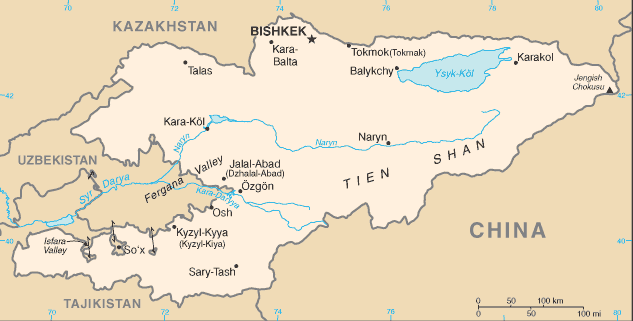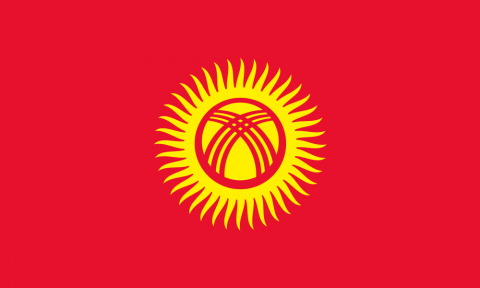Kyrgyz Republic


Kyrgyzstan
Capital: Bishkek
Population: 5,548,042
Languages: Kyrgyz, Russian, Uzbek
The area of the modern state of Kyrgyzstan was formally annexed by the Russian Empire in 1876. Initial Russian rule was marked by unrest, World War I, and the Bolshevik Revolution. In 1936, Kyrgyzstan was formed as a Soviet Republic and established part of the broader Soviet state and economy. The country found itself independent in 1991 upon the fall of the USSR and has since undergone a restive period of frequent political change interspersed with intervals of economic development and relative stability. The last decade has seen two presidents, Akaev in 2005 and Bakiev in 2010, ousted as a result of popular demonstrations and, at times, violent opposition. While political stability looks to have been established following the election of President Atambaev in 2011, concerns remain related to ethnic tension in the south of the country and Kyrgyzstan’s economic prospects. Often referred to as the “Switzerland of Central Asia,” Kyrgyzstan was a well-established destination for tourists within the Soviet Union, a position that the country has been striving to reach once again in the post-Soviet period.


